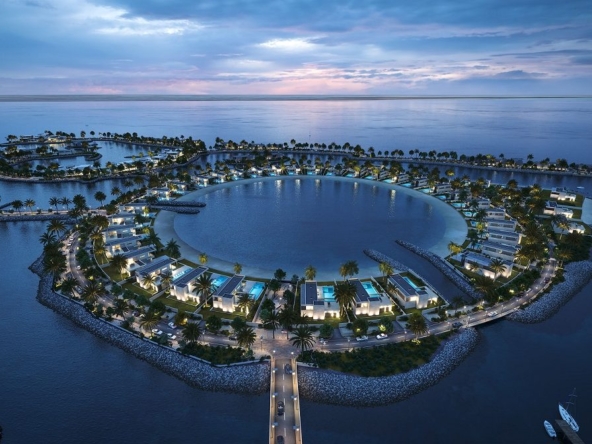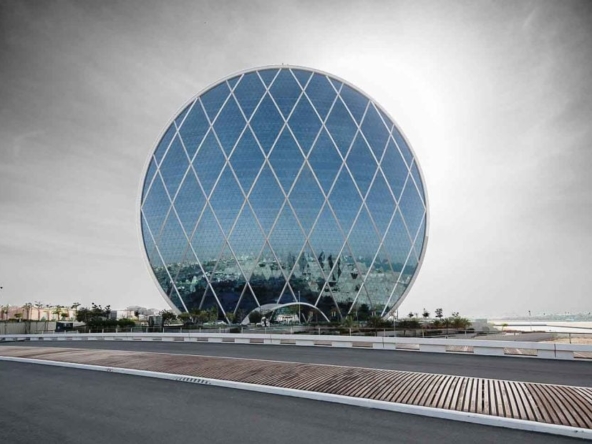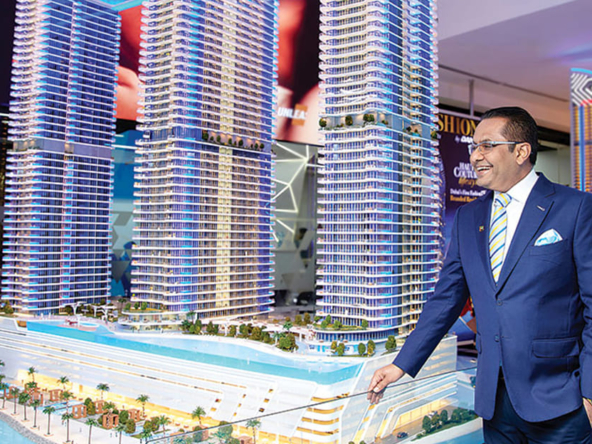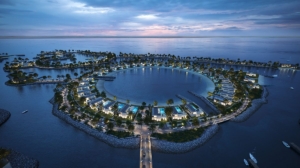It is the stage where most of your daily human rants are expressed, habits are formed, and cultures are integrated. Carl Jung, the father of analytical Psychology describes building architecture as a structural diagram of the human psyche that conceives and creates. Architecture offers an avenue to convey your deepest unconscious thoughts as a human being. It is not just a form of art but a form of human expression portraying the psyche of the collective and individual designer.
Hence, your space is something that speaks about you – your personality, your identity. It is not just a shelter that makes you feel safe, contained, and held. You even can consider your home as the third skin after the clothes you put on every day – to make deliberate statements about yourself.
The psychology of space is defined as “the study of human relations and behaviors within the context of the built and natural environments.” Your space has a direct influence on how you feel. It also has an impact on your subconscious, influencing your perceptions and emotions, through the special part of your brain that responds to the geometry of the place that you inhabit. Therefore, your space should not be merely functional.
Design and creative measures should be considered according to your need. It should be deeply considered and engraved with your identity, social needs, psychological well-being, and physical health as your home affects your daily affairs and influences your business of living.
According to an environmental psychologist and interior designer, Migette Kaup, “Architectural cues can provide reinforcement to the desired behaviors that we would like to see enacted in specific place types.”
This means that architecture can be a physical mode of communication from the designer to the occupant. It becomes the stimulus that elicits a behavioral response. For instance, choosing a specific hue for your wall evokes emotions or invites communication. Choosing blue conveys the feeling of optimism and self-assurance.
Green portrays tranquility and wellness. Orange, as a product of yellow and red, reflect the feeling of euphoria, zeal, and ingenuity.
“We Shape Our Buildings And Afterward They Shape Us”.
Moreover, choosing where to apply specific colors causes different feelings for the space. If you apply a brighter shade on the ceiling, the sensation of higher space is created, if you apply paint on the central wall of a place, the notion of “spatial shortening” is made visually, while if you apply the paint to all the walls – the perception of a longer space is created.
Lights, when combined with colors and chosen deliberately can elicit different moods too. Bright light creates a vibrant ambiance. Natural light encourages productivity while dim light reflects a gloomy space.
The list goes on, but you can infer that the design of your space not only is a deliberate expression of your identity but also an integral part of your psychological state and well-being, especially since you are spending half of your life, being at home.
You should never look at your house as a mere shelter because as Hansard once said, “we shape our buildings and afterward they shape us”.









